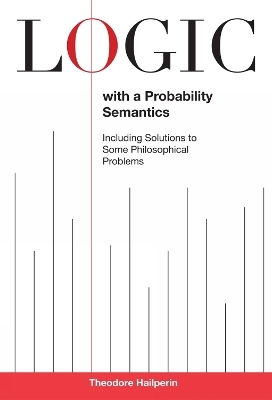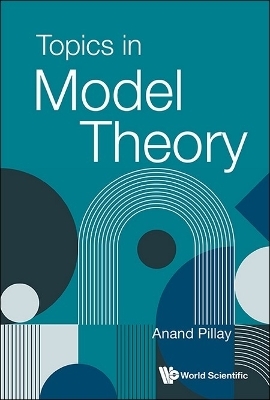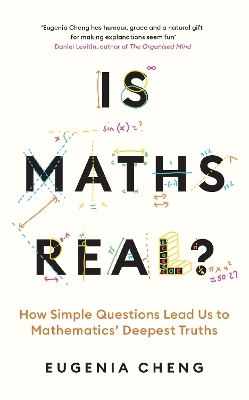
Logic with a Probability Semantics
Lehigh University Press (Verlag)
978-1-61146-010-0 (ISBN)
The present study is an extension of the topic introduced in Dr. Hailperin's Sentential Probability Logic, where the usual true-false semantics for logic is replaced with one based more on probability, and where values ranging from 0 to 1 are subject to probability axioms. Moreover, as the word "sentential" in the title of that work indicates, the language there under consideration was limited to sentences constructed from atomic (not inner logical components) sentences, by use of sentential connectives ("no," "and," "or," etc.) but not including quantifiers ("for all," "there is").
An initial introduction presents an overview of the book. In chapter one, Halperin presents a summary of results from his earlier book, some of which extends into this work. It also contains a novel treatment of the problem of combining evidence: how does one combine two items of interest for a conclusion-each of which separately impart a probability for the conclusion-so as to have a probability for the conclusion based on taking both of the two items of interest as evidence?
Chapter two enlarges the Probability Logic from the first chapter in two respects: the language now includes quantifiers ("for all," and "there is") whose variables range over atomic sentences, not entities as with standard quantifier logic. (Hence its designation: ontological neutral logic.) A set of axioms for this logic is presented. A new sentential notion—the suppositional—in essence due to Thomas Bayes, is adjoined to this logic that later becomes the basis for creating a conditional probability logic.
Chapter three opens with a set of four postulates for probability on ontologically neutral quantifier language. Many properties are derived and a fundamental theorem is proved, namely, for any probability model (assignment of probability values to all atomic sentences of the language) there will be a unique extension of the probability values to all closed sentences of the language.
Theodore Hailperin is emeritus professor of mathematics at Lehigh University. He has also worked as an aerodynamic ballistician at the Ballistics Research Laboratory in Aberdeen, MD.
1 Preface 2 Introduction: An Overview Part 3 1. Sentenial Probability Logic Chapter 4 1.1 Verity logic Chapter 5 1.2 Probability logic for S Chapter 6 1.3 Interval-based probability Chapter 7 1.4 Sentential suppositional logic Chapter 8 1.5 Conditional-probability logic Chapter 9 1.6 Logical consequence for probability logic Chapter 10 1.7 Combining evidence Part 11 2. Logic With Quantifiers Chapter 12 2.0 Ontologically neutral (ON) language Chapter 13 2.1 Syntax and semantics of ON logic Chapter 14 2.2 Axiomatic formalization of ON logic Chapter 15 2.3 Adequacy of ON logic Chapter 16 2.4 Quantification logic with the suppositional Part 17 3. Probability functions on ON languages Chapter 18 3.1 Probability functions on ON languages Chapter 19 3.2 Main Theorem of ON probability logic Chapter 20 3.3 Borel's denumerable probability Chapter 21 3.4 Infinite "events" and probability functions Chapter 22 3.5 Kolmogorov probability spaces Chapter 23 3.6 Logical consequence in probability logic Chapter 24 3.7 Borel's denumerable probability defended Part 25 4. Conditional-Probability and Quantifiers Chapter 26 4.1 Conditional-probability in quantifier logic Chapter 27 4.2 The paradox of confirmation 28 Bibliography 29 Index
| Erscheint lt. Verlag | 16.12.2010 |
|---|---|
| Verlagsort | Cranbury |
| Sprache | englisch |
| Maße | 162 x 241 mm |
| Gewicht | 358 g |
| Themenwelt | Mathematik / Informatik ► Mathematik ► Logik / Mengenlehre |
| Mathematik / Informatik ► Mathematik ► Wahrscheinlichkeit / Kombinatorik | |
| ISBN-10 | 1-61146-010-7 / 1611460107 |
| ISBN-13 | 978-1-61146-010-0 / 9781611460100 |
| Zustand | Neuware |
| Haben Sie eine Frage zum Produkt? |
aus dem Bereich


